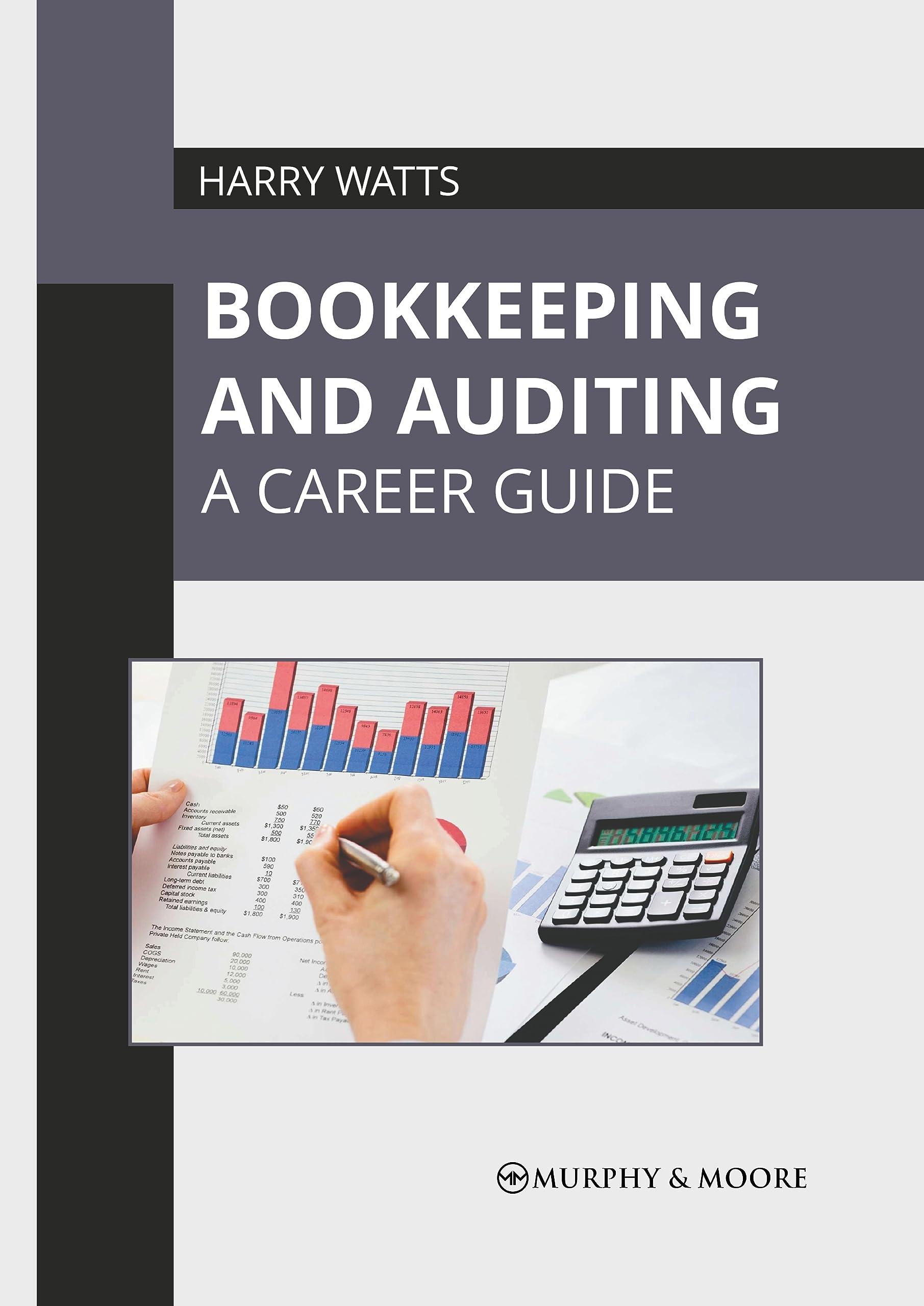Question
1. When preparing the operating activities section of the statement of cash flows using the indirect method, an increase in income taxes payable is added
1. When preparing the operating activities section of the statement of cash flows using the indirect method, an increase in income taxes payable is added to net income. True or False?
2. When preparing the operating activities section of the statement of cash flows using the indirect method, depreciation is subtracted from net income. True or False? 3. The statement of cash flows reports and proves the net change in cash for a reporting period. True or False?
4. Common uses of the statement of cash flows include all but which of the following?
A. Management prediction of future cash flows for decision making.
B. Investor assessment of cash flows before buying and selling stock.
C. Government assessment of whether company is able to pay taxes as they become due.
D. Management determination of the specific sources and uses of cash.
E. Creditor evaluation of a company's ability to generate cash to cover debt.
5. Noncash investing and financing activities may be disclosed in:
A. The operating activities section of the statement of cash flows.
B. The reconciliation of cash balance section.
C. The investing activities section of the statement of cash flows.
D. A note in the financial statements or a schedule attached to the statement of cash flows.
E. The financing activities section of the statement of cash flows.
6. Which one of the following is representative of typical cash flows from operating activities?
A. Proceeds from the issuance of bonds and notes payable.
B. Proceeds from collecting the principal amounts of loans.
C. Payments by a merchandiser to acquire equity securities of other companies.
D. Receipts of cash sales.
E. Repayment of principals on loans.
7. Bagwell's net income for the year ended December 31, Year 2 was $185,000. Information from Bagwell's comparative balance sheets is given below. Compute the cash received from the sale of its common stock during Year 2.
| At December 31 | Year 2 | Year 1 |
| Common Stock, $5 par value | $500,000 | $450,000 |
| Paid-in capital in excess of par | 948,000 | 853,000 |
| Retained earnings | 688,000 | 582,000 |
A. $106,000.
B. $95,000.
C. $145,000.
D. $185,000.
E. $50,000.
Step by Step Solution
There are 3 Steps involved in it
Step: 1

Get Instant Access to Expert-Tailored Solutions
See step-by-step solutions with expert insights and AI powered tools for academic success
Step: 2

Step: 3

Ace Your Homework with AI
Get the answers you need in no time with our AI-driven, step-by-step assistance
Get Started


